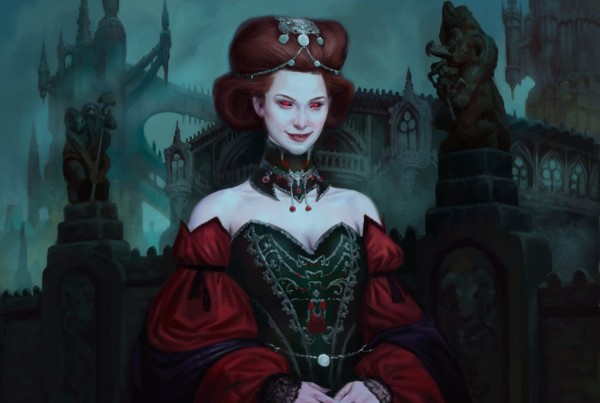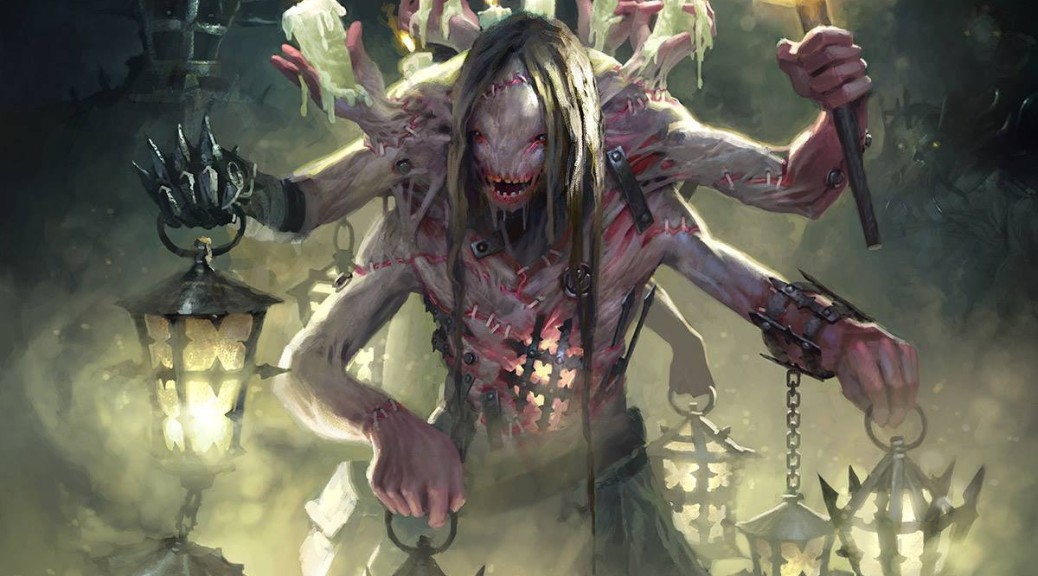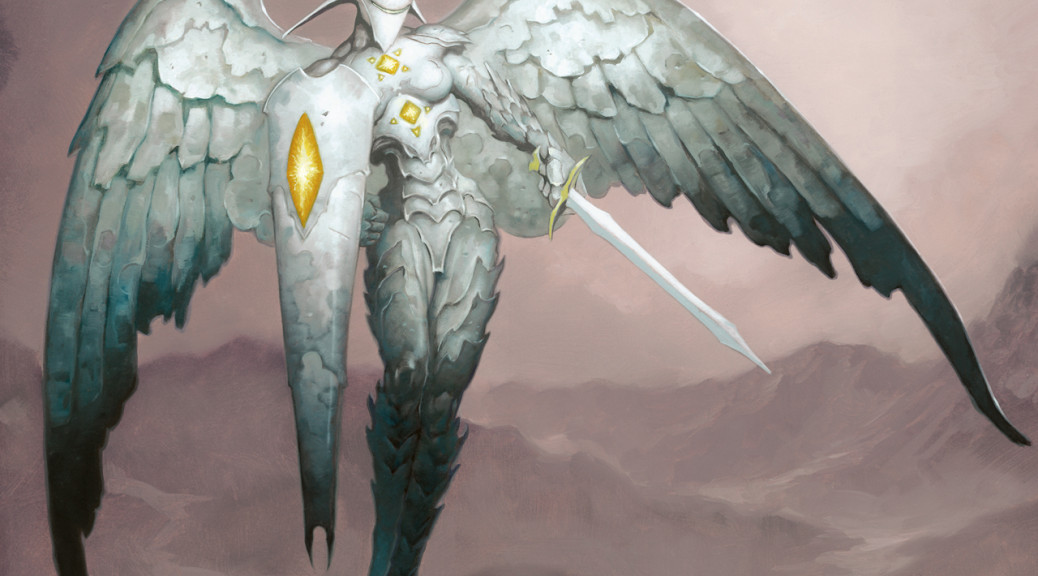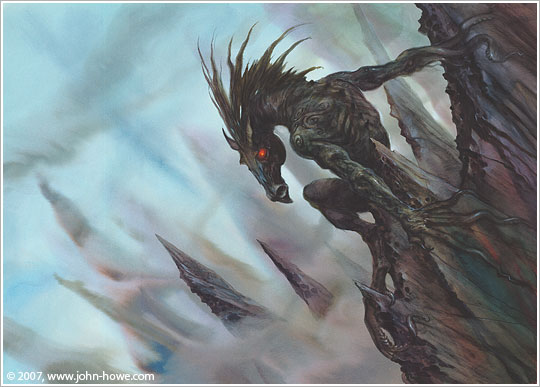Each new set, I like to review the cards in it with a very specific objective in mind: find the cards I might want to play in Cube. Because prices are so hyped in the early days of a set, I almost always just note the things to watch and don’t actually pull the trigger on a purchase, but every once in a while, something sticks out as too inexpensive to pass over. Part one covered double-faced, white, and blue cards, and today we’ll cover the rest. That’s a bunch, so let’s get going.
Category Archives: ProTrader
PROTRADER: Cube Watch, Shadows over Innistrad Edition (Part One)
Each new set, I like to review the cards in it with a very specific objective in mind: find the cards I might want to play in Cube. Because prices are so hyped in the early days of a set, I almost always just note the things to watch and don’t actually pull the trigger on a purchase, but every once in a while, something sticks out as too inexpensive to pass over. We’ve got a lot to cover today, so let’s stop wasting words on introductions and get to the cards.
The rest of this content is only visible to ProTrader members.
To learn how ProTrader can benefit YOU, click here to watch our short video.
PROTRADER: The Yearly Core Set Experiment
From M10 to M15 (or possibly Maqic Origins, depending on your point of view), Magic experimented with a yearly core set. Before this model, core sets were printed once every two years, had ugly white borders, and consisted entirely of reprints. All this changed with M10, when Wizards stated that: 1) Core sets would be printed every year, 2) Would feature the beautiful black borders we have grown to love, and 3) Would be about half reprints, half new cards.
These years of core sets led to an interesting finance landscape. Since these sets were filled with reprints, cards like Scavenging Ooze and Mutavault were printed, crashing their values in the process. On the other hand, since these sets didn’t sell particularly well, newly printed cards tended to be expensive, like Thundermaw Hellkite and Jace, Vryn’s Prodigy.
So in the spirit of the block reviews I’ve written in the past few months, let’s go through some of (not all—we’d be here all day) the financially relevant cards from these years of core sets. As always, I’m coming at this from the standpoint of someone who wants the best cube possible for the least money possible, but who is always happy to buy in to a card if it seems poised for an increase. Given this bias, I might not be touching on every card pertinent to your format of choice, but there’s enough overlap that I trust there will be something for everyone.
The rest of this content is only visible to ProTrader members.
To learn how ProTrader can benefit YOU, click here to watch our short video.
PROTRADER: What You Can and Can’t Get on PucaTrade
I get just about all of my cards on PucaTrade these days. The service isn’t perfect, but it has powered up my collection and helped me get rid of tons of hard-to-move-but-technically-valuable stuff. I am unequivocally a fan, and think that PucaTrade rightfully plays a significant role in today’s MTG finance landscape.
One of the biggest criticisms of PucaTrade I see is that it is difficult to get desirable cards, especially without paying out a bonus. While this is true to an extent, I have personally received a number of cards that I would not have sent out without receiving a bonus myself. It does happen, and I’ll be sharing some of those nice pickups with you in a bit, but first let’s go over the currency.




